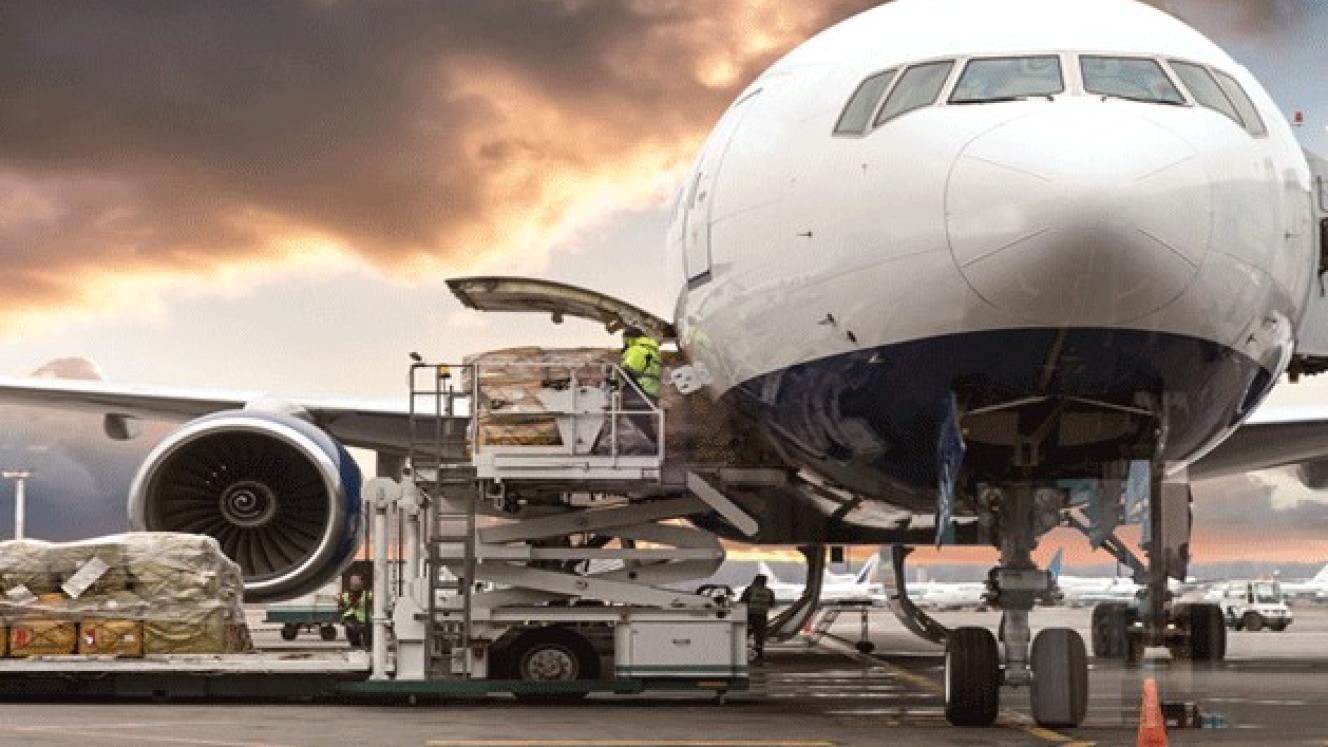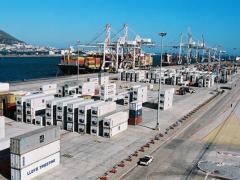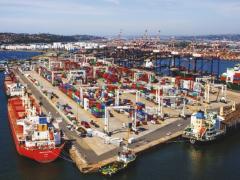Data for global air freight markets in August just released by the International Air Transport Association (Iata) reveal that improvement remains slow amid insufficient capacity.
Demand moved slightly in a positive direction month-on-month but levels remain depressed compared to 2019, according to a statement.
“Improvement continues at a slower pace than some of the traditional leading indicators would suggest due to the capacity constraint from the loss of available belly cargo space as passenger aircraft remain parked,” said Alexandre de Juniac, Iata’s director general and CEO.
- Global demand, measured in cargo tonne-kilometres (CTKs*) was 12.6% below previous-year levels in August (-14% for international operations). This is a modest improvement from the 14.4% year-on-year drop recorded in July. Seasonally adjusted demand grew by 1.1% month-on-month in August.
- Global capacity, measured in available cargo tonne-kilometres (ACTKs) shrank by 29.4% in August (‑31.6% for international operations) compared to the previous year. This is unchanged from the 31.8% year-on-year drop in July.
- Belly capacity for international air cargo was 67% below the levels of August 2019 owing to the withdrawal of passenger services amid the Covid-19 pandemic. This was partially offset by a 28.1% increase in dedicated freighter capacity. Daily widebody freighter utilisation is close to 11 hours per day, the highest levels since these figures have been tracked in 2012.
“Air cargo demand improved by 1.8 percentage points in August compared to July. That’s still down 12.6% on previous-year levels and well below the 5.1% improvement in the manufacturing PMI,” said De Juniac. “Improvement is being stalled by capacity constraints as large parts of the passenger fleet, which normally carry 50% of all cargo, remain grounded. The peak season for air cargo will start in the coming weeks, but with severe capacity constraints shippers may look to alternatives such as ocean and rail to keep the global economy moving.”
African airlines saw demand increase by 1% in August. This was the fourth consecutive month in which the region posted the strongest increase in international demand and the only instance of year-on-year growth among all regions in international volumes. Investment flows along the Africa-Asia route continue to drive the regional outcomes.













